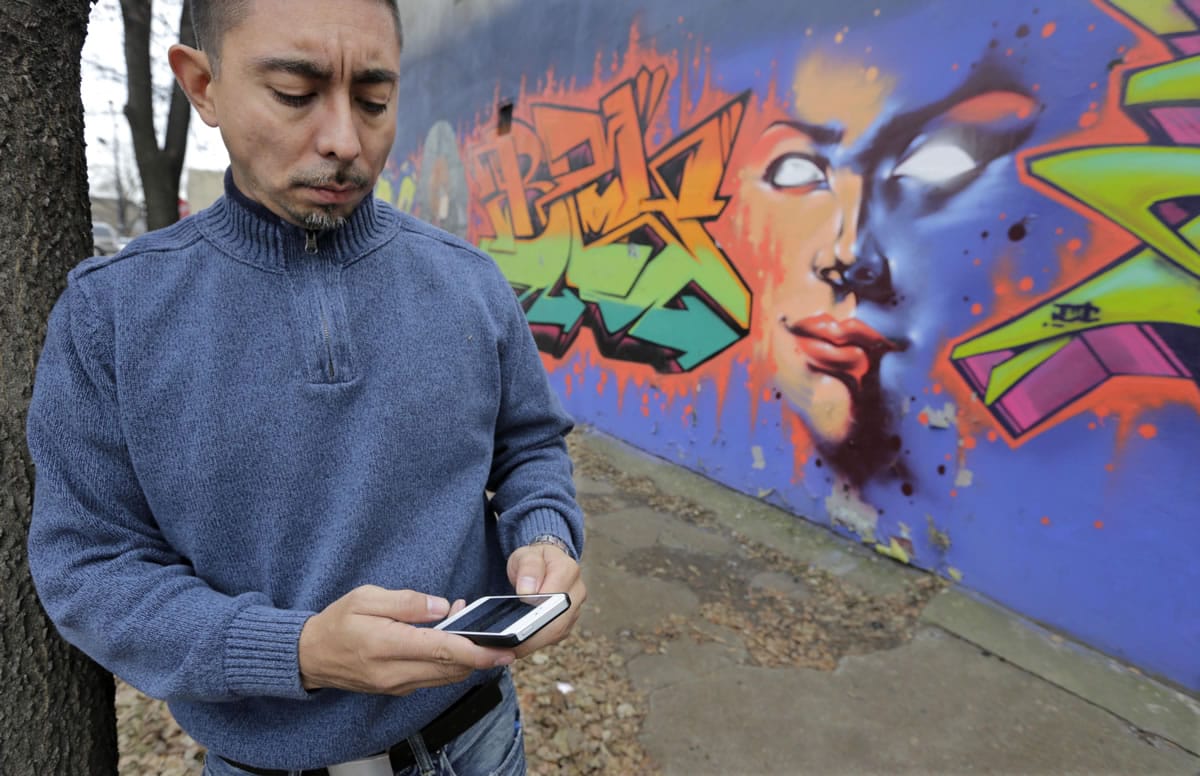CHICAGO — The video is riddled with menace and swagger: Reputed gang members in Chicago point their guns directly at the camera. A bare-chested young man brandishes an assault weapon. They flash hand signals, dance and, led by a rapper, taunt their rivals as he chants:
“Toe tag DOA. That’s for being in my way … Killing til my heart swell … Guaranteed there’s going to be all hell.”
Thousands watch on YouTube. Among them: the Chicago police, who quickly identify two of those in the video as felons who are prohibited from being around guns. Both are later taken into custody.
As social media has increasingly become part of daily life, both gangs and law enforcement are trying to capitalize on the reach of this new digital world — and both, in their own ways, are succeeding.



